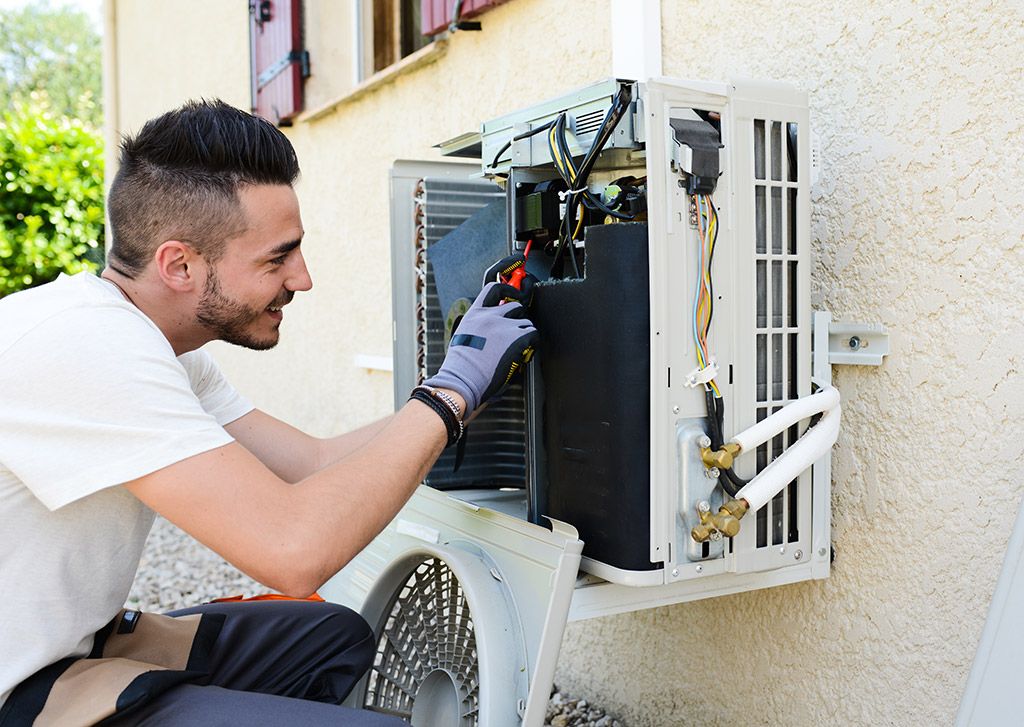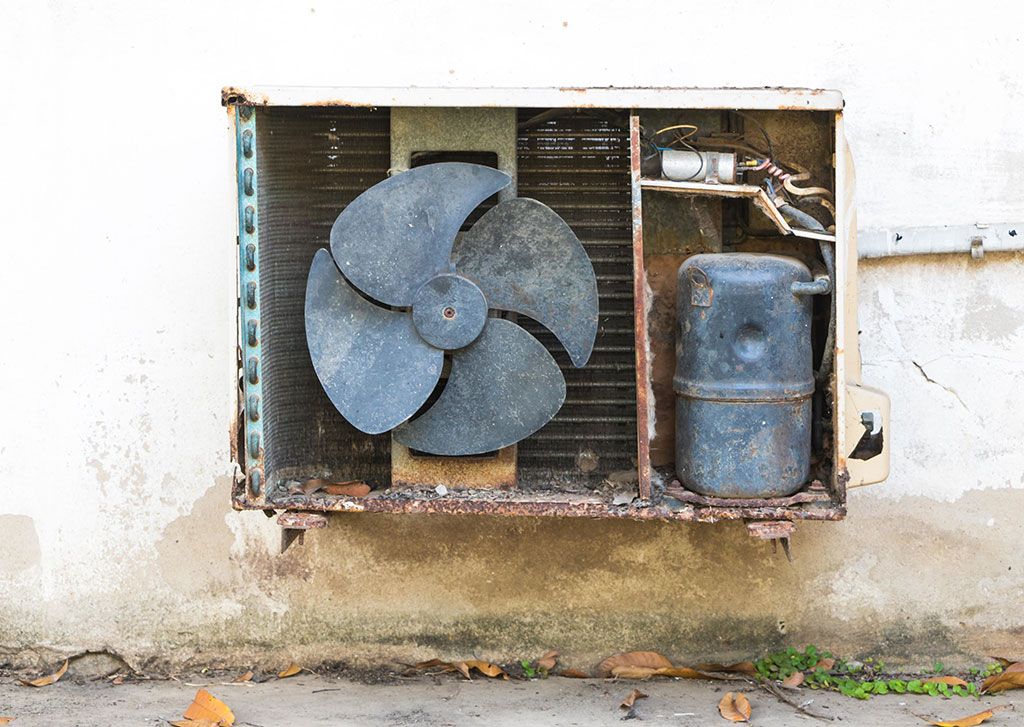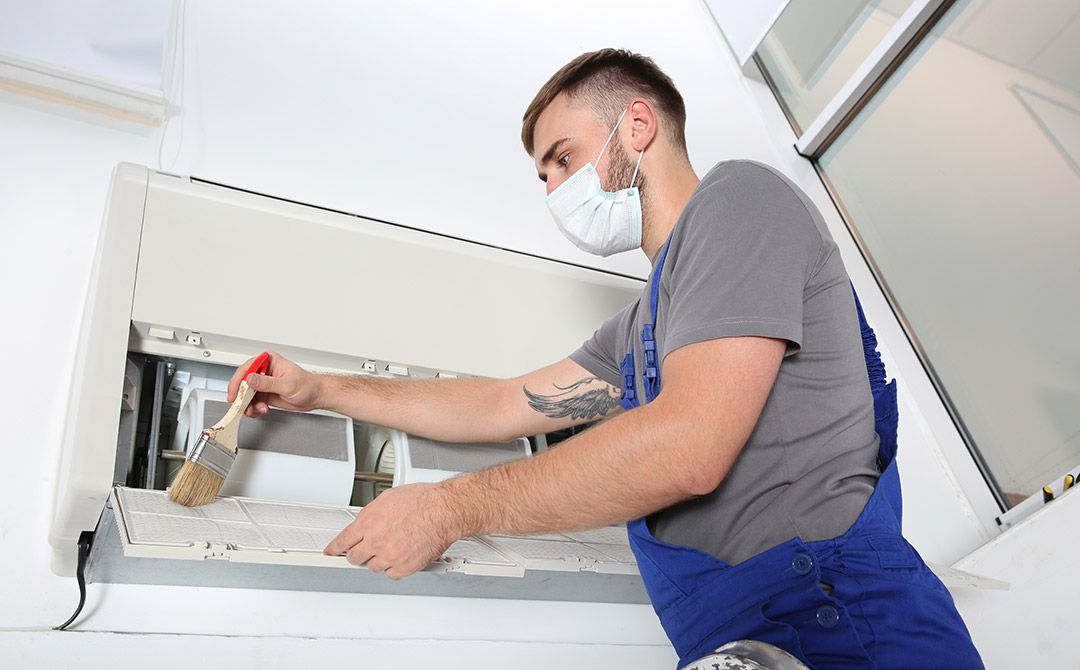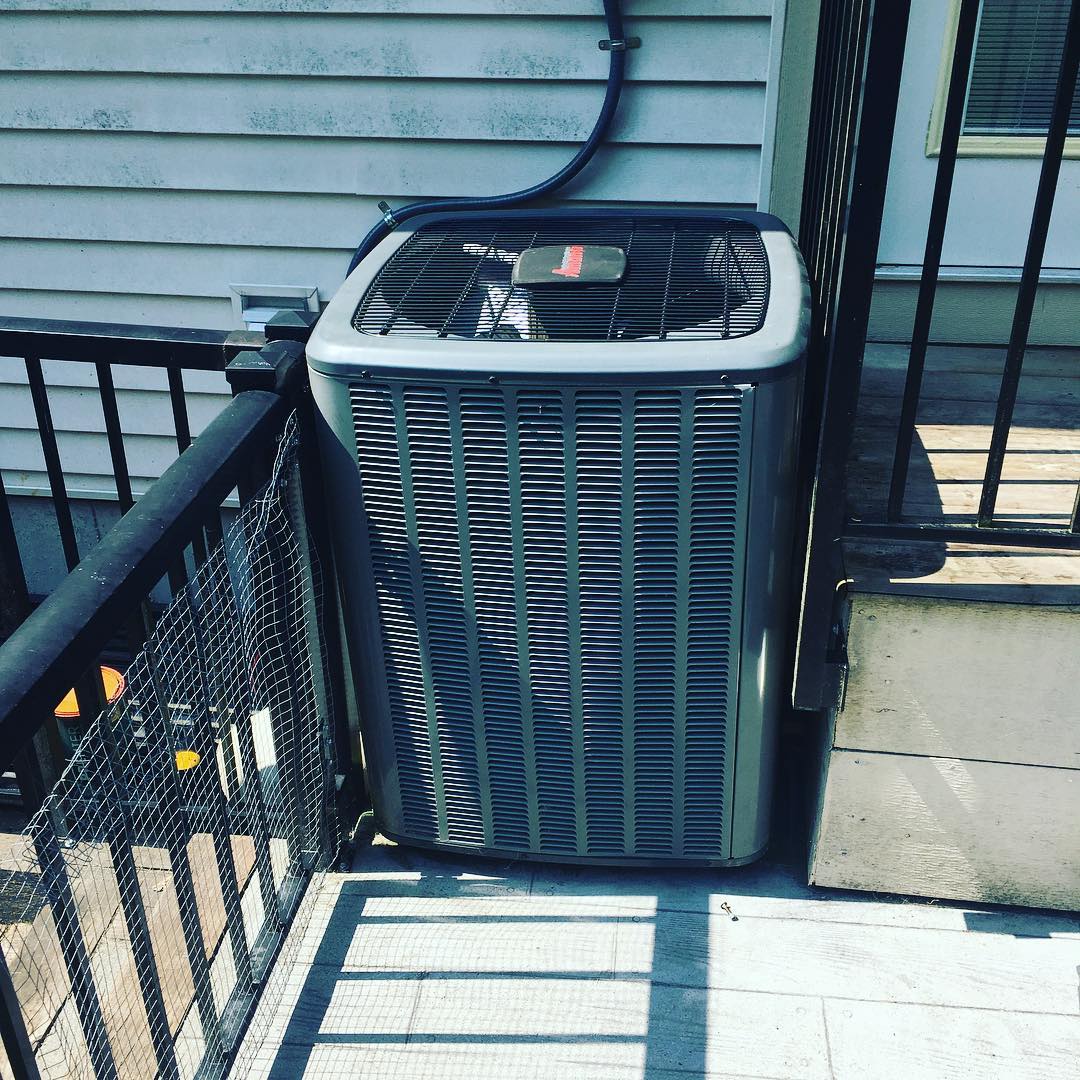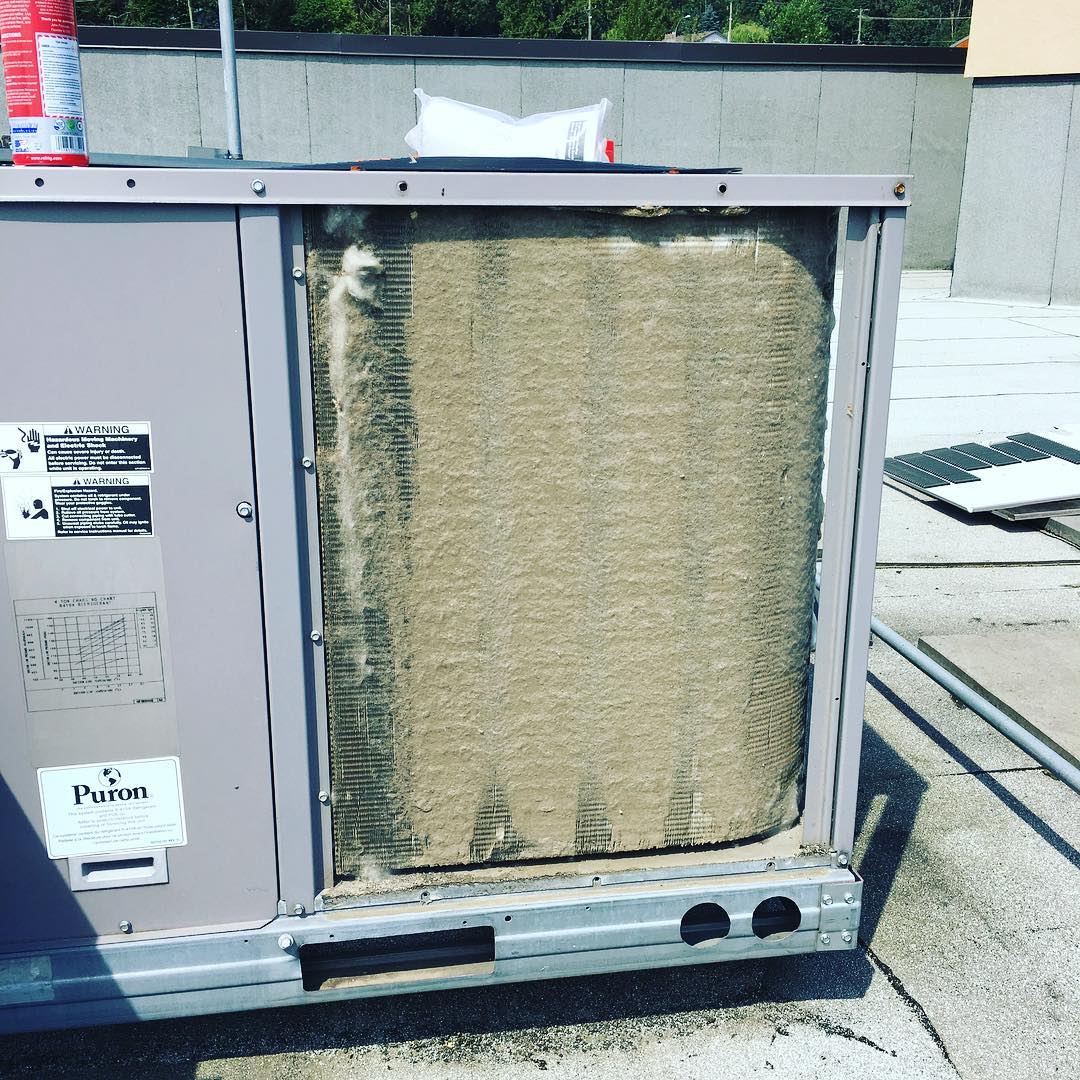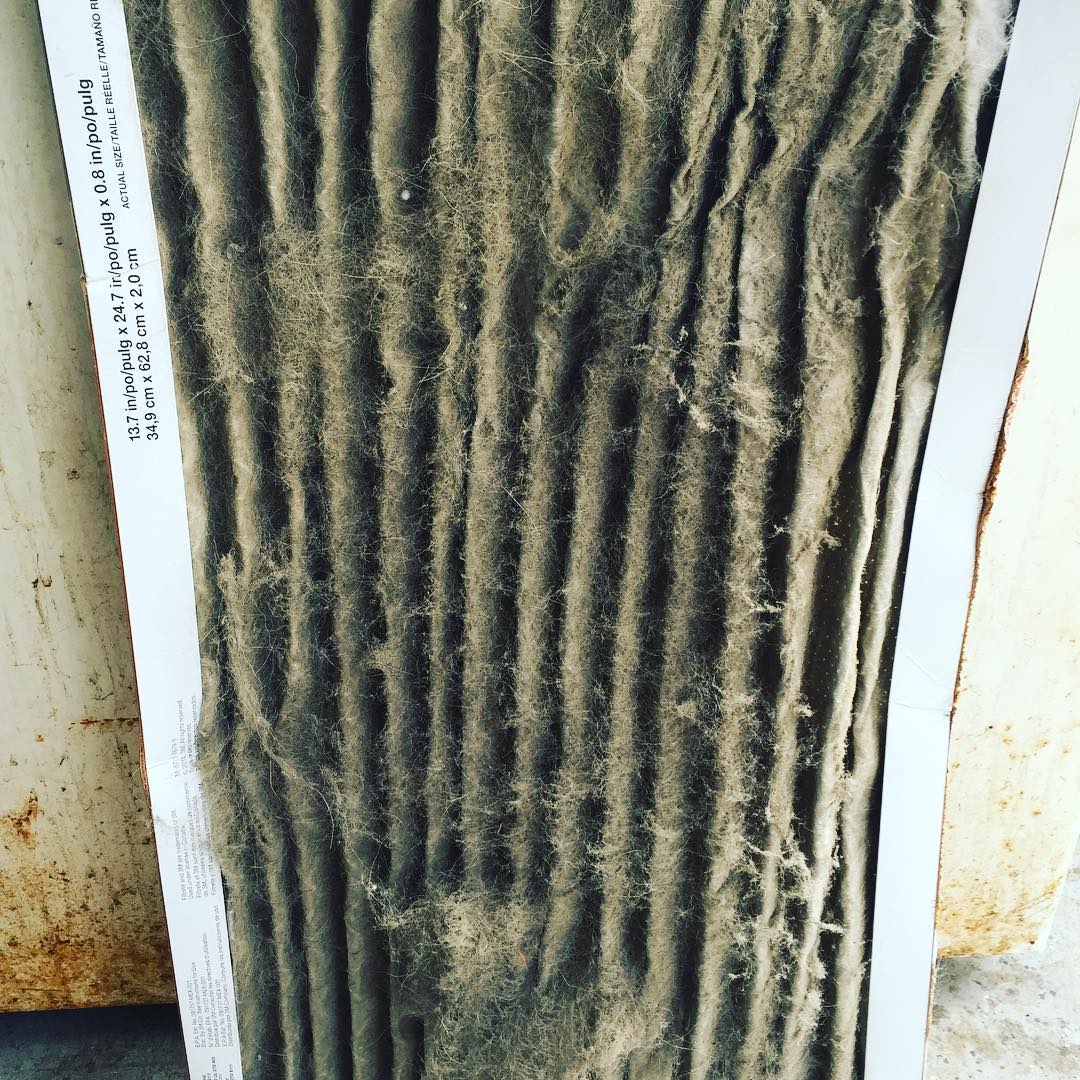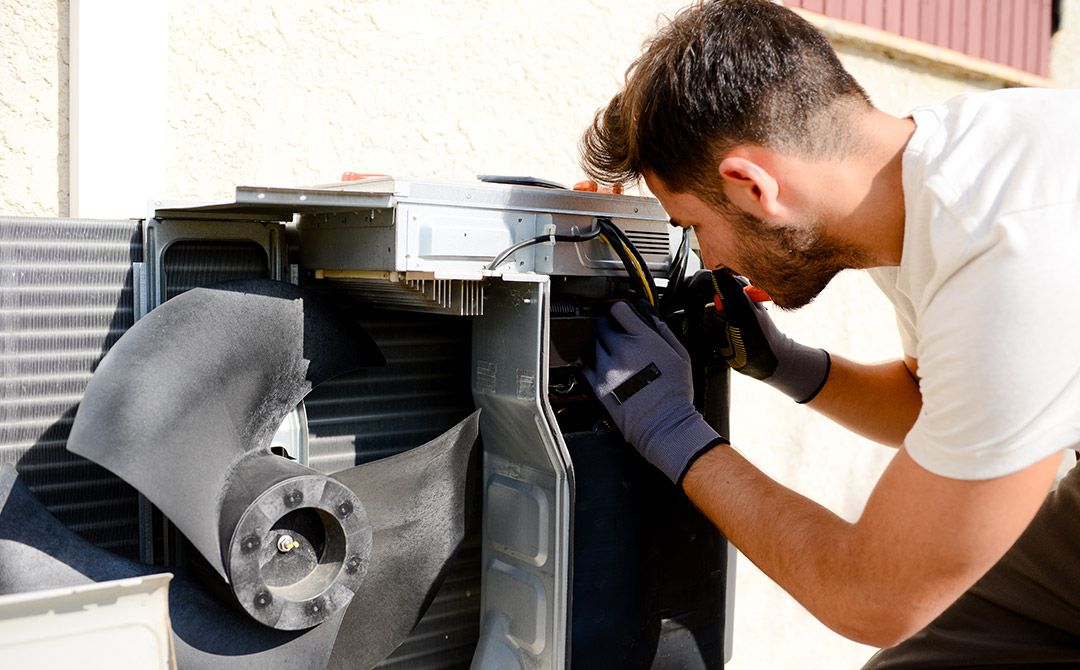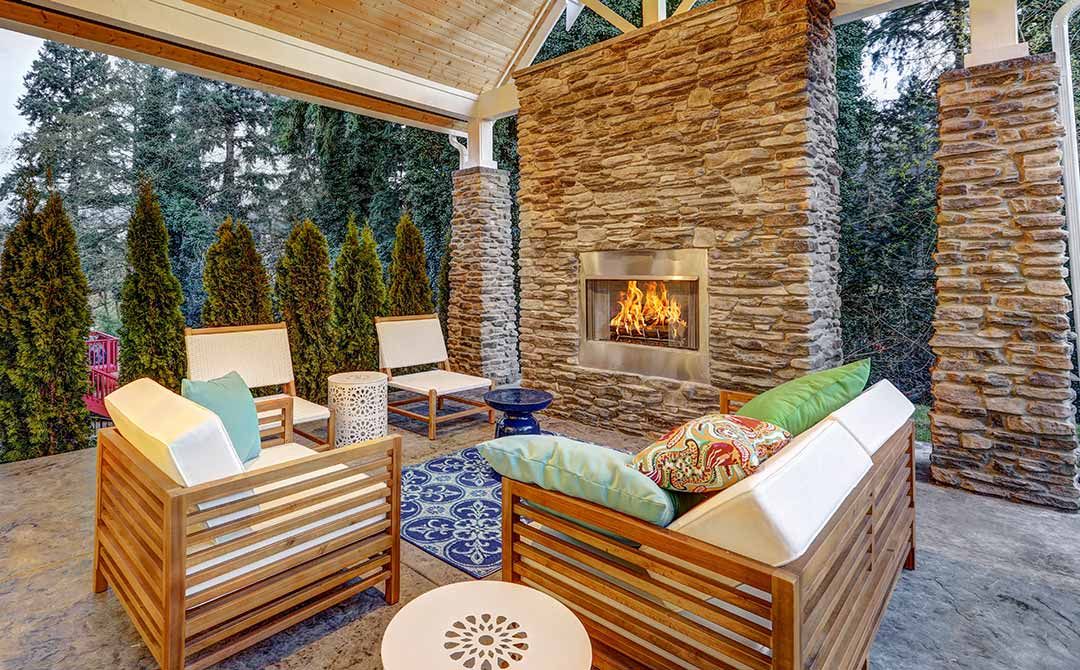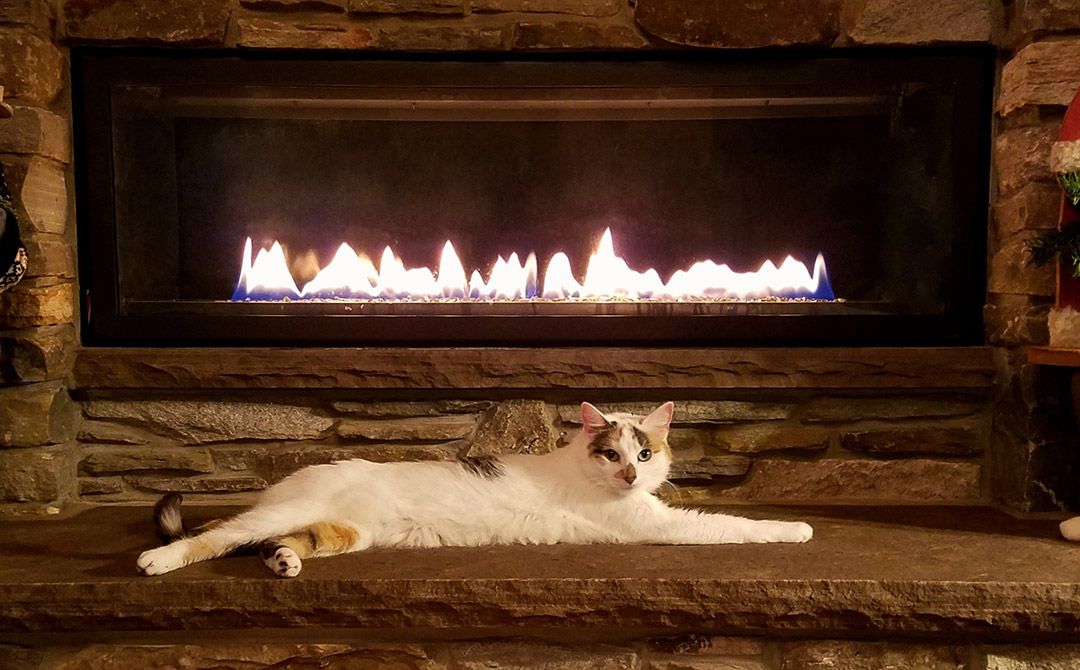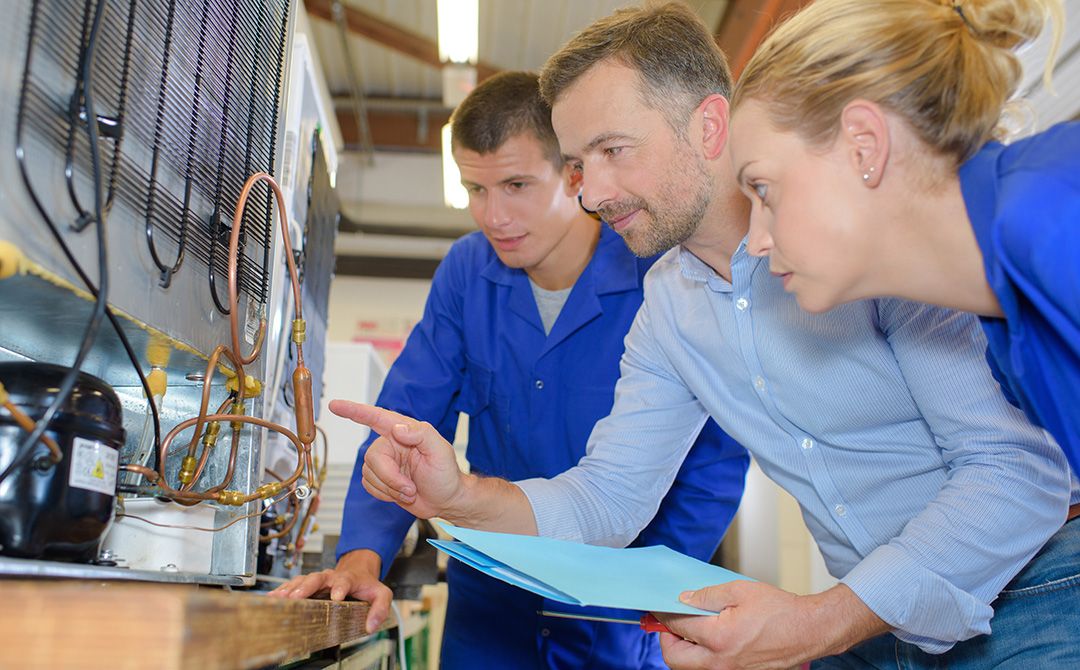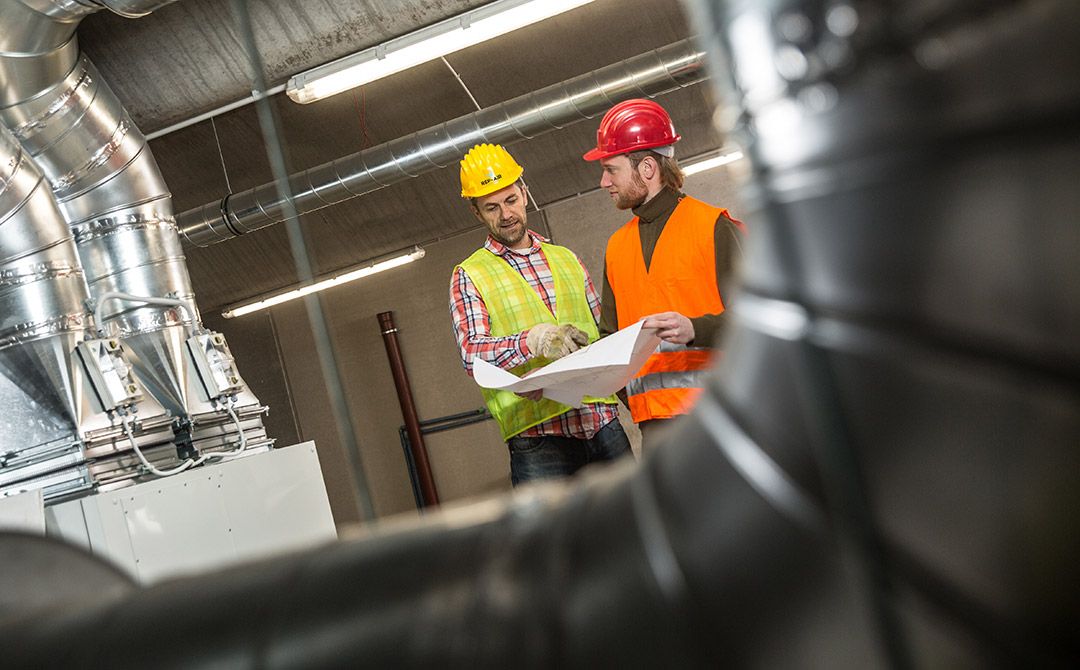How to Maintain Your A/C (Because Now is the Perfect Time!)
The weather is finally starting to warm up! Now is the prime time of the year when people are shutting down their furnaces and rolling out their air conditioners in preparation for summer. Before you switch that A/C on though, think about the last time you maintained it; has it been a while? If so, now is a great time to properly maintain your A/C unit. Here are some steps you can take yourself.
Some notes before we get started
In this article we’ll mostly discuss how to maintain the most important parts of any air conditioner, regardless of its type. While caring for central A/C is vastly different from maintaining a window air conditioner (if you’re still stumped on the different types, then check out our past article on what you need to know), certain components are exactly the same throughout each system in order to function properly and create that cooling temperature you need throughout summer.
- Ensure the power is off before you start
Safety first! It’s dangerous to work around electricity as well as the moving parts within the air conditioner. To shut off the power from the outside, look for an exterior shut-off box near the unit. From indoors, you need to also switch off the power from the breaker box.
- Clean on and around the A/C unit
If you see any debris such as twigs or leaves on or near the unit’s exterior, remove this first. A lot of outdoor debris can accumulate from winter weather and it’s not a good idea leaving it alone. Give the unit some space! About 2 feet all around should do the trick.
- Clean up the fins
These fins are built into every air conditioner’s evaporator and condenser to ensure there is proper airflow pumped out from these components. It’s a good idea to clean them up and to check to see if any fins are bent to make sure the unit is functioning normally. If there are bent fins, and you don’t feel like DIY’ing the task of straightening them out, you can always ask your HVAC technician to do it for you.
- Change the air filter
This is arguably the very best step you can take to maintain your A/C. Changing it once a month (yes, even in winter when it’s not being used!) is recommended, and thankfully it’s a very easy thing to do and the task can be done in a few minutes. Air filters left uncleaned will put excess strain on the A/C unit and also pollute the indoor air quality of your home.
- Check the evaporator coil
The evaporator coil is what helps absorb the heat in your home and cools it down, and it does this using refrigerant. Over time, dirt can insulate the coils which will reduce the amount of heat they can absorb, which in turn will force your A/C to work harder than it should to cool off your home. That’s why you need to keep the coils clean. There are a few ways to do it, but the best way to start is to follow our #2 tip in this article by clearing the outside area of any debris.
- Check the condensation drain as well
This is another important component of your air conditioner next to the evaporator coil, because the two parts work together to cool down air. In the drain’s case, it’s what allows condensation created within the A/C unit to drain outdoors. However, over time this can become clogged (especially if, for example, the thermostat is turned down too low) and thus block the draining process. That’s why you should check every so often to see if this is draining properly. If it’s not, you’ll need to either unclog the obstruction or call in your HVAC technician for help.
- Call a technician in case of emergencies
The reason we included this step is because anything could go wrong between numbers 1 through 6 of this article. You may detect one of the problems we’ve outlined such as a clogged condensation drain, for example, or the fins need to be straightened and you don’t have the tools to do it yourself. Or, maybe you just don’t have the time in your busy schedule to maintain your air conditioner, and you’d rather the job be done by professionals. Whatever the reason for it, scheduling an inspection by qualified technicians doesn’t hurt.
If you need an extra hand to maintain your air conditioner or it’s time for an inspection, then give us a call! At Rep-Air Heating And Cooling we provide our customers with many options that will best suit your needs from heating and cooling to refrigeration. Contact us today for your complimentary quote: 1-778-728-1476 or contact@repairheatingandcooling.com and don’t forget to take a look at our website: https://repairheatingandcooling.com. Follow us on Facebook and Instagram for free giveaways!

